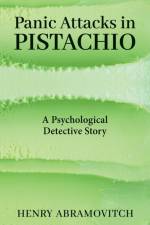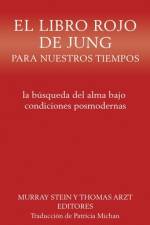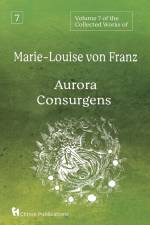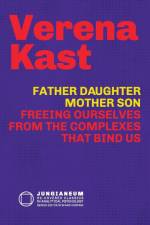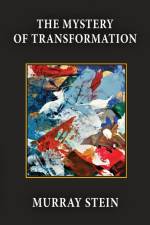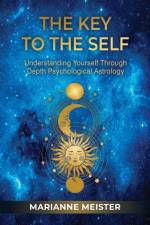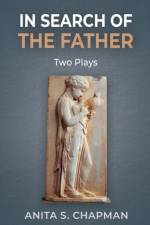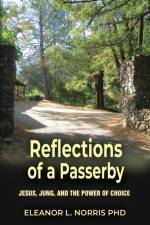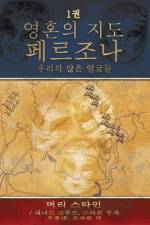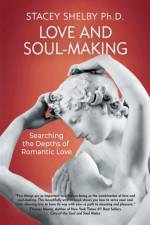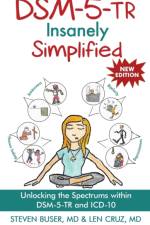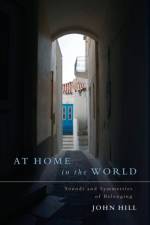av Julienne McLean
667
"Two towering figures thread their way through this book: St Teresa of Avila, the sixteenth century Spanish Carmelite saint, writer and reformer and C. G. Jung, the founder of modern depth psychology. Through sharing fifteen key papers, chapters and talks written over nearly twenty-five years, the author draws on their writings to focus on, and explore, the interface and relationship between the Christian mystical tradition and Jungian, depth psychology. Jung saw the human psyche as "by nature religious" and made this insight a principal focus of his explorations. In this regard, the book aims to explore an essentially depth approach to spirituality and numinosity relevant for todays' largely post-religious situation. Jungian depth psychology, with all its own richness, can serve as an essential psychological foundation for, and bridge to, the Christian mystical tradition. Over the past 1500 years, the Christian tradition of theologia mystica, or mystical theology, has flourished in particular communities and individuals with great transformative beauty, vitality and strength - like a mysterious, hidden river of Love overflowing into society, such as in sixteenth century Spain. Key to understanding the transmission of this tradition down the centuries has been the sixth century writings known as the Dionysian Corpus, written by Pseudo Dionysius the Areopagite. These writings have evolved over more than 1000 years of interpretation and translation, being closely identified with the tradition of theologia mystica. The author looks forward with enthusiasm, hope and optimism to renewed, creative and invigorated approaches to understanding the nature of our inner life that characterize the essential writings of St Teresa of Avila and C.G. Jung. St Teresa of Avila's writings assure us our life journey can be graced by divine presence - describing various stages of transformation of the soul, in God's Love, in her classic book on prayer, the Interior Castle. Living symbols were a major preoccupation in the life and writings of C.G. Jung, where he explored the psychological foundation of religion, particularly the Christian tradition - what he termed the path of individuation. The author believes, under different guises, we are in the midst of another flowering of theologia mystica in our own secular time. The unprecedented spiritual longing and emergency of our own times is fuelling a strong need for the depth psychological tradition of Jungian psychology and the ancient tradition of theologia mystica to become more widely known, understood, practiced and lived. There is a wider evolutionary shift happening in our times - in the diamond heart of individuals, groups, nations and the global community. Something new and unprecedented is being born in our world today - we are not only in a new time, but a new era"--


